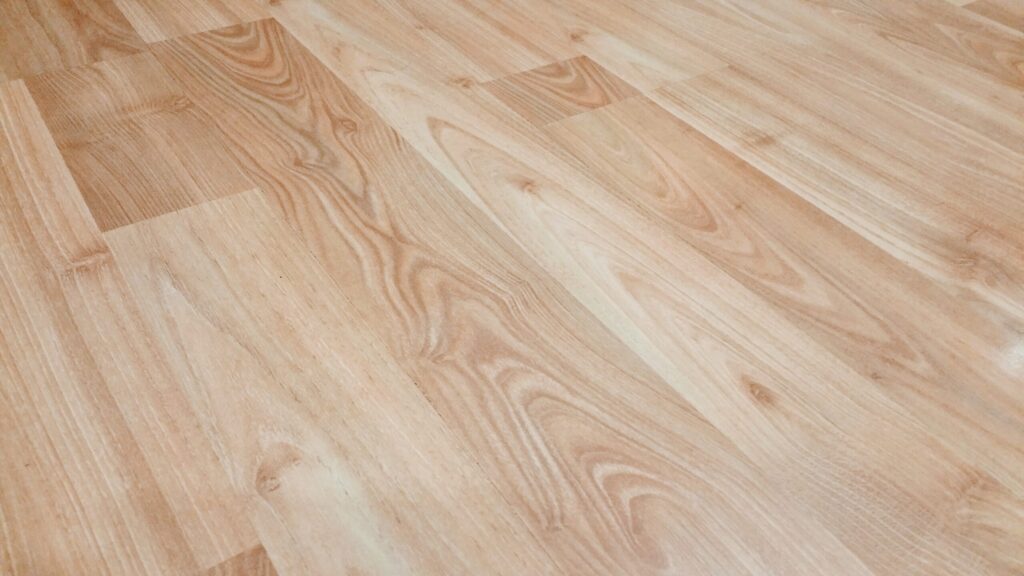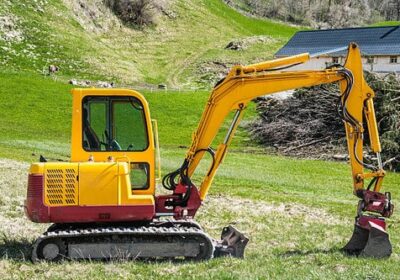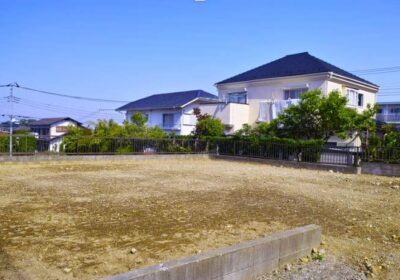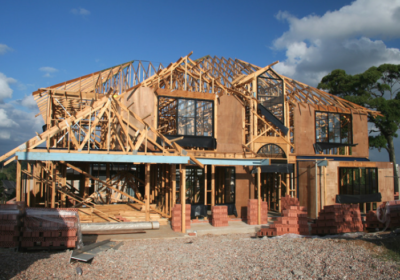Choosing the Right Flooring for Your Home

The right flooring can make a huge difference in the style and value of your home. You should consider your budget, lifestyle and design preferences before selecting the type of flooring that works best for you.
Comfort is also a big consideration, as it will affect how you feel when walking on the floor. For rooms that see a lot of foot traffic, like the kitchen and laundry room, look for materials that offer superior durability.
Aesthetics
Choosing the right flooring for your home is an essential part of making a room look and feel beautiful. You want to choose something that fits your home’s aesthetic and your design vision, but you also need to consider durability, energy efficiency and maintenance requirements.
First, you need to think about the mood you want your room to have. If you’re working with a smaller space, a light floor color can help you open up the area by creating the illusion of more space. However, you’ll need to make sure it’s a tone that suits the amount of natural light in your room.
You should also keep in mind the furniture and decor in your room when deciding on a floor color. If you have a lot of bright and colorful pieces, a light-colored flooring will help balance the color and avoid it feeling too cluttered.
If you have dark furniture and walls, a darker-colored floor can help the room feel more intimate. Alternatively, you can choose a floor that’s pale and cool-toned to make the room feel airy and bright.
Another important consideration is how much traffic your floors get. If they get a lot of footfall, you’ll need a durable and versatile type of flooring that won’t be hard to clean.
This is especially true if you have kids or pets that play, stoop and climb on the floor. You should also think about how much time you’ll be spending on cleaning and sweeping the floors.
Finally, you should think about what your lifestyle is like. If you have a busy family, you’ll need flooring that’s easy to clean and resistant to scratches and stains.
You should also consider how your life and home will change over the years. You may want a flooring that can be easily refinished or painted if you decide to change your interior design style later on down the road.
If you’re looking for an organic, tropical aesthetic, a cork or bamboo floor might be ideal for your home. They come in a wide range of colors and are a more sustainable option than some other types of flooring.
Durability
When choosing the right flooring for your home, durability should be a top priority. Whether it’s the family room, kitchen, or any other area of your home, you want your flooring to last for years without much maintenance.
Fortunately, most floors will stand up to the abuse your family puts them through. The best types of flooring are those that can handle a lot of wear and tear while looking good.
If you’re looking for a floor that won’t have to be repaired, you should look into ceramic tile, wood, or vinyl. All of these materials can withstand heavy traffic, and some are even waterproof!
Durable flooring should also be easy to clean. You’ll likely need to use a high-quality cleaner on a regular basis. It’s also important to consider the hardness of the material, as it can help limit dents and dings.
The hardness of a wood floor can be determined by the type of finish that is used. The most common finish is a polyurethane, which sits on the surface of the wood and prevents scratches and dents.
Another option is an oil finish, which penetrates the pores of the wood to protect it and preserve a natural wood grain texture. It’s not as hard as a polyurethane, but it’s more durable and less susceptible to scratches and dents.
Engineered hardwoods are another durable flooring choice. Compared to solid hardwood, they’re less expensive and offer many more choices for both color and design.
They are a good choice for basements and other areas where the hardwood won’t be subjected to as much traffic as other rooms of your home. They are also a great option for commercial flooring, especially in offices and retail locations where foot traffic is often heavy.
Laminate floors are a popular choice for high-traffic areas because of their durability. They have a tough SPC core that can tolerate uneven subfloors and are resistant to scratches and stains. They are also extremely easy to maintain and are available in a variety of colors and designs.
Energy Efficiency
When it comes to home improvements, flooring is often overlooked as a way to increase a home’s energy efficiency. But, in fact, choosing the right flooring can help to control your heating bills as well as increase your home’s resale value.
As a result, energy efficient flooring is becoming an increasingly popular choice among homeowners and real estate professionals alike. And for good reason!
In addition to being comfortable and affordable, energy efficient floors are also environmentally friendly. This type of flooring is usually more insulating than carpet, and can even keep a room cool without the need for air conditioning.
Some energy efficient floor options include radiant heat, which is especially beneficial for cold-weather areas where electricity costs are higher than in warmer climates. This is because radiant heat systems use water to warm the floor and can be more energy efficient than other types of heating.
Another important factor to consider is how the flooring material is made, as well as the sustainability of the materials used in production. Some flooring products, such as synthetic vinyl planks, emit a lot of volatile organic compounds (VOCs), which are dangerous for your health and the environment.
This is why it’s crucial to choose flooring that is low-VOC and made from natural products. If possible, look for flooring that uses wood from FSC-certified forests.
Other options for environmentally friendly flooring include engineered wood products, which use a foam base to make them more insulating than other flooring choices. Finally, there are also some eco-friendly tile and stone options to choose from.
Hardwood has been a go-to option for many homeowners and is still one of the most energy efficient flooring choices out there. It’s easy to see why, since it’s beautiful, feels great and adds resale value.
If you are planning to replace old flooring, remember that a new floor is an investment that can pay for itself in less than a decade. This is especially true if you decide to sell your home in the future. In fact, a majority of buyers are willing to pay more for homes with energy efficient features like insulated windows and doors.
Maintenance
Choosing the right flooring for your home is not only an aesthetic choice but one that will also require maintenance. Hardwood floors, for example, are a durable and attractive option that require relatively little maintenance to keep in good condition.
Another consideration is the amount of time and effort you’re willing to put into maintaining your floors. If you’re looking for a floor that will take up less of your time, consider vinyl, laminate or engineered wood floors. These materials will take up the least amount of maintenance, but they’ll still need periodic cleaning to keep them clean and free of stains.
If you’re more concerned about keeping your floors looking great, choose materials that are a bit harder to maintain. For example, stone and linoleum need to be sealed in order to resist damage from moisture and dirt.
In addition, many floor types are prone to scratching and abrading, especially when they’re exposed to high amounts of foot traffic. This can cause the surface film to become rough, making it more difficult to maintain a smooth, reflective shine.
These issues can be avoided by investing in a quality maintenance program, which involves daily/routine, periodic and restorative cleaning procedures. Typically, these tasks are performed monthly, quarterly or annually, depending on the type of surface being maintained and the level of appearance desired.
This can range from simple scrubbing and dust mopping to stripping, coating and burnishing, or diamond polishing. These processes can help maintain your floor’s aesthetics and extend its lifespan.
A good maintenance program is an important component of any commercial facility’s overall maintenance strategy. It can protect a facility’s floors and its reputation, extend the life of floor surfaces, improve energy efficiency and help lower operational costs.
Floor care programs should include the following steps to keep a floor looking its best: stripping, sealing and polishing. These procedures are necessary to ensure that a floor’s finish remains durable and resistant to wear, as well as provide a clean, shiny surface that’s easy to clean and maintain.










